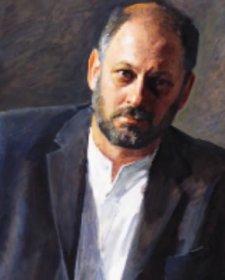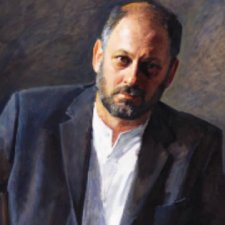The most astonishing achievement for me really was the discovery of this tree kangaroo in Irian Jaya under the glaciers in Indonesia, the western part of the island of New Guinea. It’s the most extraordinary animal. It looks like a small panda. It’s black and white with this silly little short tail. Very, very dense fur. Very tame animal. It’s the most unusual member of the kangaroo family, I think, ever to have existed. And it remained unknown to science until 1995, when I had the great privilege of describing it. So I think that, and the three other tree kangaroos that I described, I never expected in my life that we’d find large mammals still unknown to science in New Guinea or anywhere in the region.
I suppose the thing I’m most proud of though is the work that I’ve been able to do in terms of community engagement around climate change. I’m not a great one for policy development or working with government but I really have an absolutely firm conviction that it’s the community that counts and the more we can engage a community, both inform them and also in decision making processes, the better off we’ll be.
If you remember back to 2005, climate change was a much more theoretical issue that was on the radar a bit, but not much for most people and certainly wasn’t understood in any detail. So that’s why I wrote The Weathermakers. So it took me five years to write that book. The trigger was two things. One was going to New Guinea, Papua New Guinea in the ‘90s. And seeing changes, particularly on the high mountains, where the forest was just pushing the grassland out of existence as the Earth warmed. The second was attending a conference in about 2000 in Japan with Steve Schneider, who is one of the great climate change explainers, really, he’s now sadly passed away. But it was Steve who put it so succinctly and compellingly to me, the situation and where we were in it, that I felt I had no choice but to do something about that.













